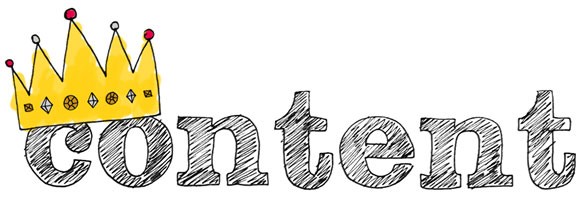
Bill Gates declared that content was king as far back as 1996, but what would he know? It’s not like Microsoft is a content company, right? Sorry Bill, love your work (not your Browser)!
The simplest definition I’ve seen of Content Marketing is ‘delivering information that makes your buyer more intelligent instead of pitching your products or services’. This resonates with me for a number of reasons, first and foremost of which is because it’s about a value exchange that benefits the consumer first, the brand second. So why aren’t more marketers doing this?
Under this model of content strategy, if businesses deliver consistently valuable information to buyers the money follows. So why do we see brands rehashing the same old ‘owned’ content which is then pushed via ‘paid’ media in the hopes of ‘earning’ our attention? Where’s the brand story in this archaic model? Where’s the value I get in return for taking my time to consume your content?
Brands telling stories in order to attract and retain market share isn’t a new thing. John Deer launched their customer magazine ‘The Furrow’ as far back as 1895. In the 1930’s P&G began running radio soap operas, and later in the 1950’s content went mainstream when the magazine revolution began and televisions became more ubiquitous.
In the early 1980’s, Hasbro and Marvel took toy marketing to an entirely new level when they teamed up to launch GI Joe comics, as did Lego a few short years later with ‘Bricks Kicks’ magazine. But print content didn’t really come into its own until Henry Luce – arguably the world’s most successful publisher – launched his iconic stable of titles including Time, Life, People and Fortune.
It really wasn’t until the Internet started to become as equally ubiquitous as TV that content changed for better and worse. When Twitter launched, and Facebook opened up to the world, both brands and everyday people had the potential to create and share content, which is good (who doesn’t remember Blendtec’s ‘Will it Blend’ video series which launched circa 2007 – now that was some truly great content). But due to this glut of content that’s now drowning us on the internet we’ve started to widen and loosen the meaning of ‘content’ today.
The problem is, when everyone’s a publisher, no one is.
For many brands the more appropriate term should be republisher. Far too much content is simply being rehashed and rebadged in the hope that it hits its mark, so much so that there’s already content marketing fatigue out there. Remember how we’re all basically blind to banner ads these days? It’s becoming the same thing with content (using the term in the loosest possible way).
The only way content will ever regain our attention is when brands start giving us real value, when they start leveraging the age old idea of storytelling to recapture our attention and imagination. The power of story cannot be underestimated – through stories we learned not to eat the red berries or pat Sabre Tooth Tigers. Stories are what took us from being hirsute fur clad families stumbling across the savannahs of Africa to being cotton clad lone-clones tucked away in cubicles across the globe.
So brands, please tell me a story.
And make it good, engage me. And maybe, just maybe, I’ll open my wallet…